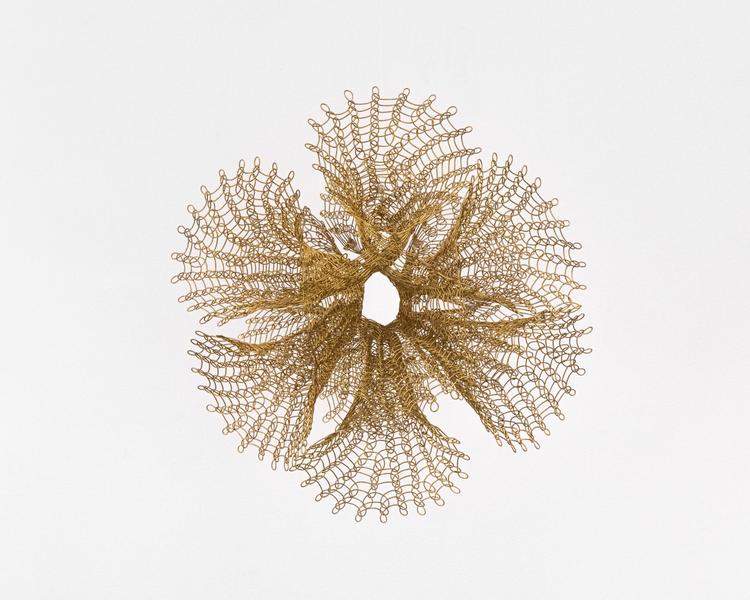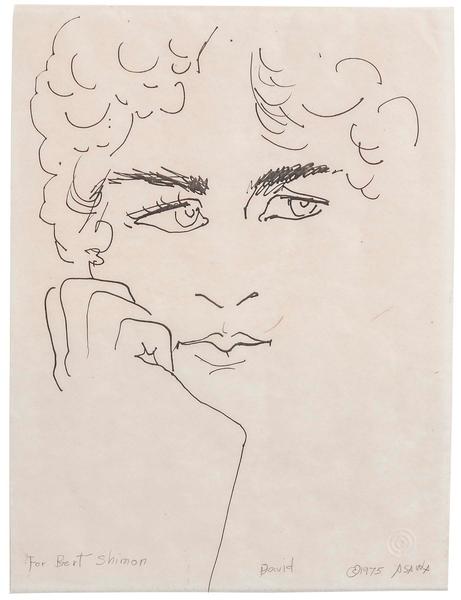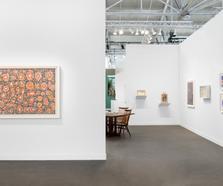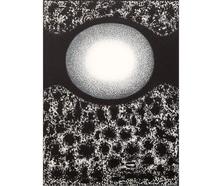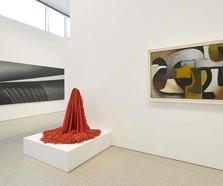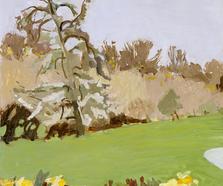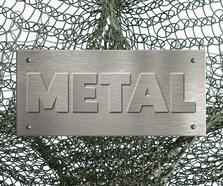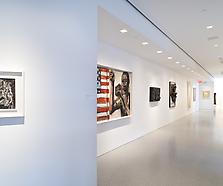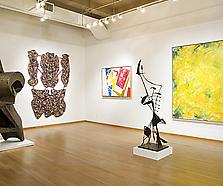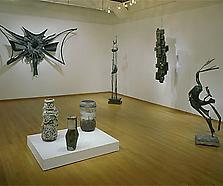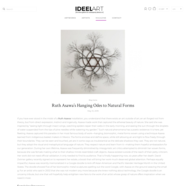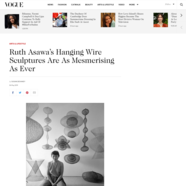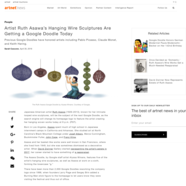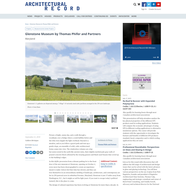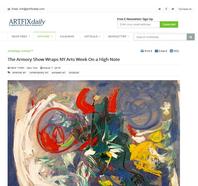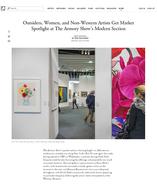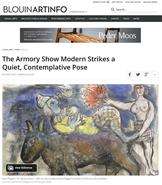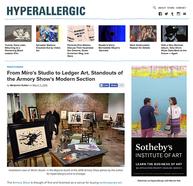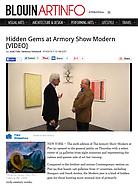“I think the craft is important to a concept. I think to conceive that one works in dough and then that is made into bronze. There are many steps between the concept and the project. And I think that one should experience that. I think that that’s important.”[1]
Activist, sculptor, and educator Ruth Aiko Asawa was born in 1926 in Norwalk, California to Japanese immigrant parents who made a living as truck farmers. As a child, Asawa dreamed of being an artist while she helped out on the family farm. In 1942, Asawa was separated from her father when he was arrested in February under emergency legislation that authorized the detention without due process of Japanese Americans. Four months later, the rest of the family was taken to the internment camp at Santa Anita Race Track, where they were housed in former horse stalls for five months, before being moved to another internment camp, in Rohwer, Arkansas. Among the many people detained at Santa Anita were two cartoonists for Disney Studios who held daily art lessons for children. Despite the trauma of internment, Asawa was able to draw for hours every day. When she was moved to Arkansas, she became the art editor of the camp’s high school yearbook.
In 1943, Asawa obtained permission to attend college. With funds from a Quaker scholarship, she enrolled at Milwaukee State Teachers College in Wisconsin with the intent of becoming an art teacher. However, she was unable to complete her degree because prejudice against Japanese Americans prevented her from getting the classroom teaching hours that were required. In 1946, Asawa transferred to Black Mountain College in North Carolina, where she studied with Buckminster Fuller and Josef Albers. While she was at Black Mountain, Asawa took a trip to Mexico in 1947. While there, she attended a workshop on how to create baskets by crocheting wire and was inspired by this folk method of basket making.
After graduating from Black Mountain in 1949, Asawa moved to San Francisco, where she settled permanently. She began experimenting with wire crocheting techniques, creating sculptures that “turned inside into outside and . . . made no distinction between interior and exterior [so that] a free flow of form and space was produced.”[2] These intricate works began to earn her wide-scale recognition in the 1950s. Her first solo exhibition took place in 1956 at Peridot Gallery in New York City. Afterwards, her work was included in exhibitions at the Whitney Museum of American Art and the Museum of Modern Art in 1958 and 1959 respectively. In addition to her crocheted works, in 1962, Asawa made a series of large wall-mounted sculptures inspired by the internal structure of a desert plant. Initially, Asawa had tried to sketch the plant; unsatisfied with the results, she decided to “draw” it in wire instead.

